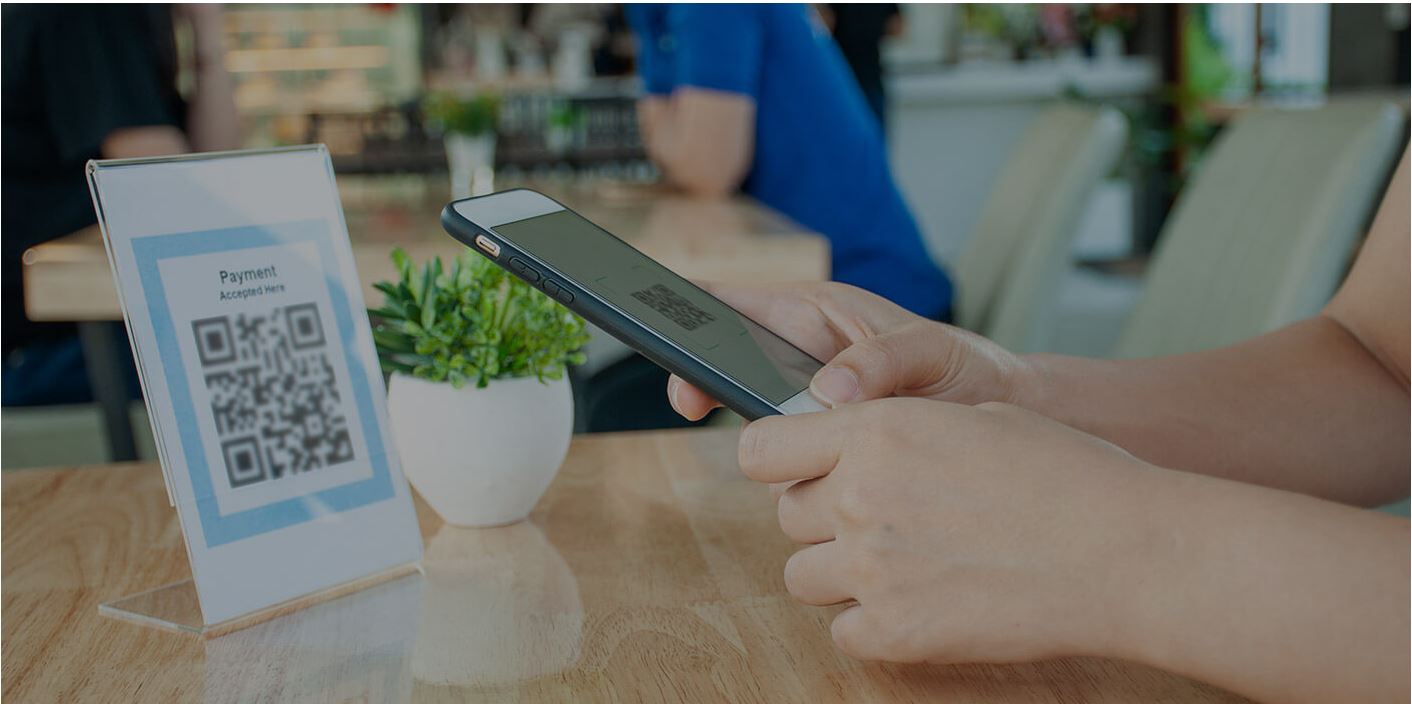-

How Much it ll cost to build an app like
- Cost to develop an Uber Tow Truck App
- Cost to develop a Pest Control App
- Cost To Develop a Handyman App Like Uber
- Cost To Develop a Doctor Appointment Booking App
- Cost To Develop An App Like MoodBites
- Cost To Develop An App Like SkipTheDishes
- Cost To Develop An App Like Q Chat
- Cost To Develop An App Like TickTick
- Cost To Develop An App Like ContractBook
- Cost To Develop An App Like Utter
-

How Much it ll cost to build an app like
- Cost to develop a Video Editing Mobile App like Magisto
- Cost to develop a Live Video Streaming App like Twitch
- Cost to develop an app like Home Workout- No equipment
- Cost to develop a Sports News app like theScore
- Cost to develop an Application like Reddit
- Cost to develop a Sports News app like theScore
- Cost to develop an E-learning platform like Udemy
- Cost to develop an On Demand Doctor App like Heal App

QR Codes: What are they and how do they Work?
If you’ve ever used a smart device or phone in the last decade or so, you’ve likely come across and scanned a QR code. These pieces of scan-able data are used in a wide variety of industries, and by and large, appear in most people’s everyday lives. You see them in grocery stores, museums, banks, or in the windows of restaurants. However, despite the proliferation of QR codes in our everyday lives; some individuals and businesses are still somewhat unfamiliar with this technology, what it is, and how it functions overall. Explaining this to individuals can be difficult, as there is a bit of technical language and know-how that goes into how QR codes work and function; but using our article below we’ve broken down this thrilling new technology; and how it’s seeing mass adoption in a number of industries.
What Are QR Codes?
QR Codes are scan-able graphic images, typically consisting of black squares and dots. A QR Code is created to be scanned, often with the camera of a smartphone device. Inside of QR codes, a plethora of different information and media can be stored, everything from web addresses and links to things like text, media, videos, images, and other data. While this storage can be useful, you may still be asking what the overall purpose and use of QR codes are. QR codes are essentially designed to streamline and simplify processes. Why type an address when you can scan it to visit a site? Why print off and show off an order manifest when you can scan a QR code to your phone and have it in your digital possession? Altogether, QR codes are used to make things easier not just for workers, but businesses, executives, and common everyday consumers as well.
How do QR Codes Work?
QR Codes function relatively the same as their sibling, the bar code. If you’ve ever been to the grocery store; you’re familiar with bar codes, they’re what’s scanned at the cash when you’re checking out. Bar codes are known as 2-dimensional scan-able objects, meaning they can only store limited amounts of numerical data and can only be scanned by special tools or equipment. QR codes on the other hand are three-dimensional, which is why they are able to be scanned by everyday phone cameras for utilization and are capable of storing much more data and data types as opposed to their bar code counterpart.
While that covers the technical end of QR codes, it’s important to focus on why QR codes are superior. They’re much more widely available and can be easily scanned at the touch of a button by millions of users each day who utilize QR codes. In fact, QR Codes are great for increasing business; as you have a massive target audience due to the massive influx of smartphone users in recent years. QR Codes also offer better technical utility, loading faster than bar codes and are less likely to be corrupted during a scan or if the QR code tag is damaged.
Creating your own QR Code
If you’ve made it this far in our article, you might be interested in the process of creating your own QR code for your own business or marketing purposes. Thankfully, the process of creating a QR code for your business or brand is a fairly simple endeavor. There are no complex programming languages you need to learn or even a significant learning curve. Many QR Code generators exist online and they make the process of making a code for your business incredibly simple and straightforward.
Finding these QR generators is also simple, as you really only need to Google or Bing these search terms in order to be hit with millions of results for you and your team to pick through. Additionally, your QR code does not need to be the stereotypical black and white squares. In fact, QR Codes are highly customize-able, and your business will be able to edit it with your own colors, graphics, and unique designs. However, it is important to note that while you are able to edit and custom your QR code image to be a bit less generic, there are specific parts of the QR code image that must remain intact and unchanged in order for your QR code to function. The three large squares located in the top left and right of the QR code and the bottom left, as well as the small square to the immediate lower-left need to remain. These squares act as containers for data inside of your QR code and are what loads the information you’ve preloaded into your QR code. Without these things included, your QR code and its data may become corrupted or unreadable, and you’ll need to start again.

Author
Our Partners




WhatsApp us


